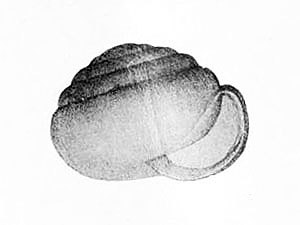Hahajima Horse Mushroom (Agaricus hahashimensis)
The Hahajima Horse Mushroom was collected in 1936 on the island of Hahajima in the Ogasawara group, Japan and was described in 1940.
The species is considered extinct. [1]
*********************
References:
[1] Kentaro Hosaka; Takahito Kobayashi; Michael A. Castellano; Takamichi Orihara: The status of voucher specimens of mushroom spwcies thought to be extinct from Japan. Bulletin of the National Museum of Nature and Science Ser. B 44(2): 53-66. 2018
*********************
edited: 30.08.2020




